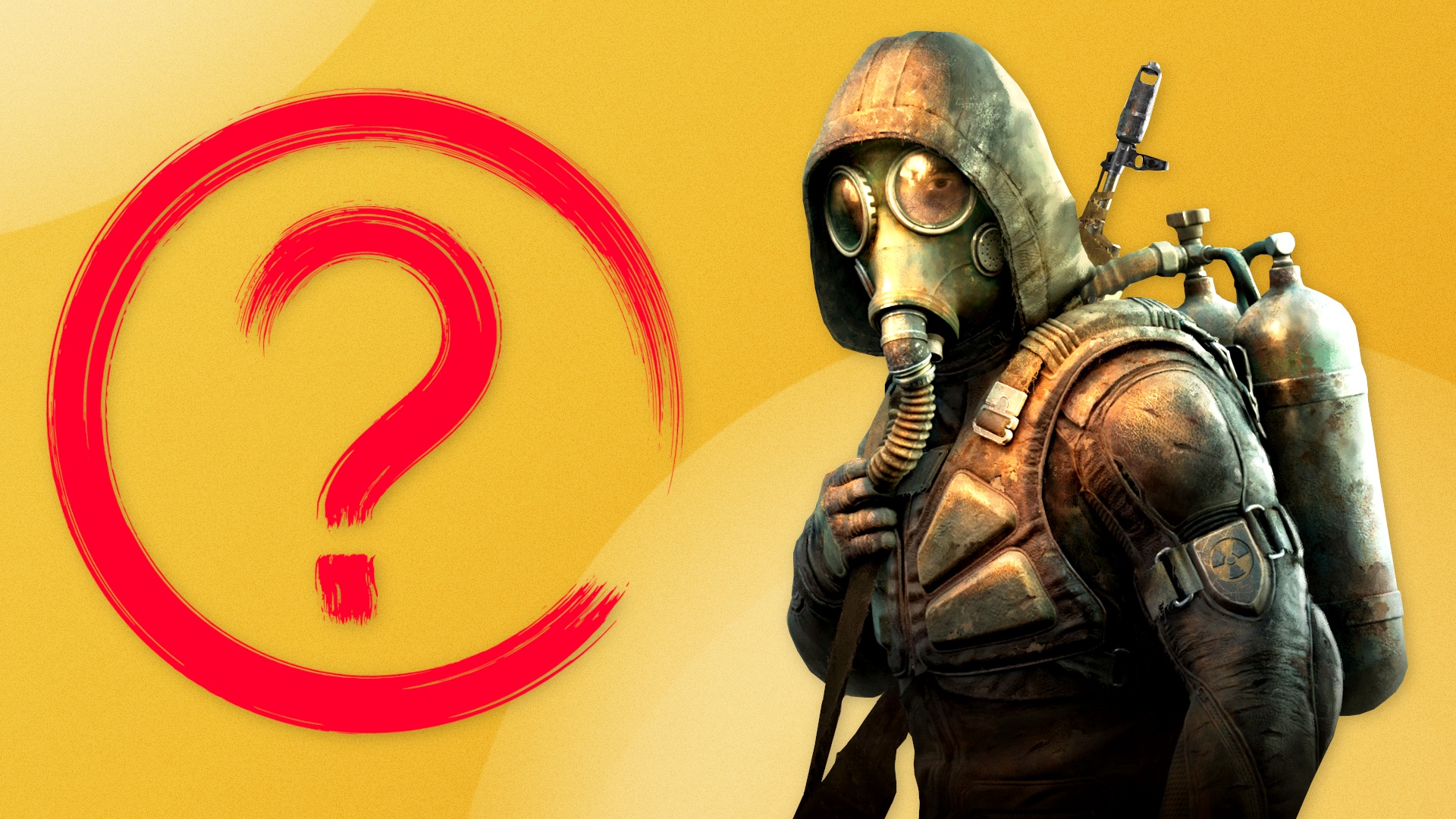Whenever I face a new board game, my great concern is to what extent it will be difficult not to understand, but to explain it to those who I manage to convince them to sit around it.
In that sense, The Number it’s like sleeping on a mat over the pool in the middle of a heat wave. blessed glory. But the fact that it is easy does not necessarily mean that it will not provide depth, and it is precisely there where this genius of the Japanese Hisashi Hayashi shines in a special way.
How to play The Number
With betting and bluffing as the flag, the idea behind The Number is that we write a three-digit number on a tablet trying, at the same time, that our number is the highest possible and that figures are not repeated with respect to what our rivals write.
with the possibility of write a number that goes from 000 to 999, we will do it in secret using some blackboards and erasable markers to later place them face down in the center of the table. Once all three to five players from 8 years old have done the same, we turn it around.
From here the scores begin. The first thing we do is order them from highest to lowest and check that the numbers that are below ours are not repeated. For example, if there is a 723, a 445, and a 299, the 723 player is ruled out of this score because his 2 is repeated in one of the numbers below it.
Among those that remain, the first digit of the number is the one that scores, and the one that is higher takes a score bonus
The perfect mix of strategy and psychology
After that, the players who have managed to score cross out the numbers used from their score board. The one who has finished first will no longer be able to use the 4 or 5 again in his following attempts (although he can in the next round of The Number), and the second will do the same with 2 and 9. The 723, who has already had enough with marking a 0 on the tablet, will be able to continue using those numbers in subsequent attempts.

With those score boards and numbers crossed out for all to see, the next four attempts are the perfect opportunity to see what the opponents have done and try to take advantage of that play using the numbers that we know have been discarded, but of course, that possibility It is also open to the rest and we run the risk of not being able to score.
Right here comes the best of The Numberin the laughter caused by how you dodge possible errors while you see that the “ugliest” numbers end up taking many more points than it seemed they were going to scratch.
If three players is already fun and make it the filler perfect, at five it becomes complex, not just winning, but the mere fact of scoring, which ends up becoming a search for patterns and vices when choosing numbers that has more strategy and psychology behind it than you would ever have come to imagine before you start playing The Number.
In ExtraLife | The Story of a Compulsive Liar: How Medievil Became My First Lore Overdose









